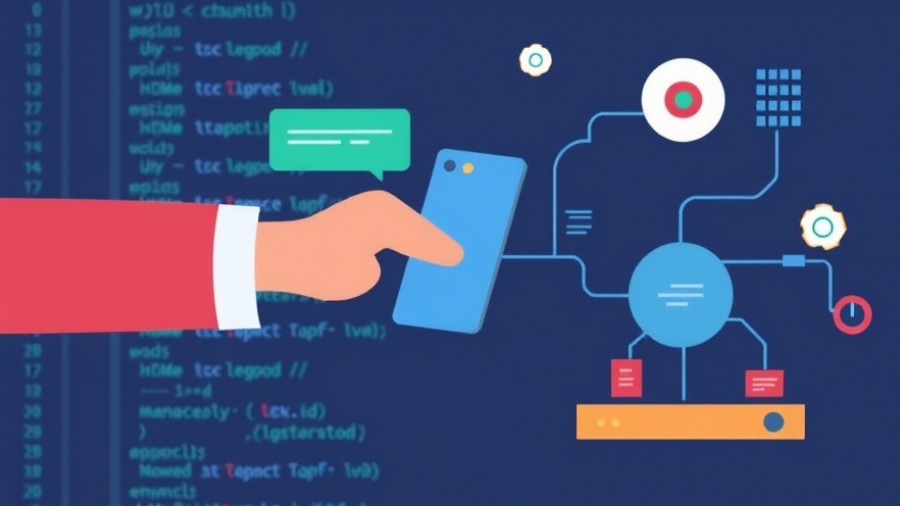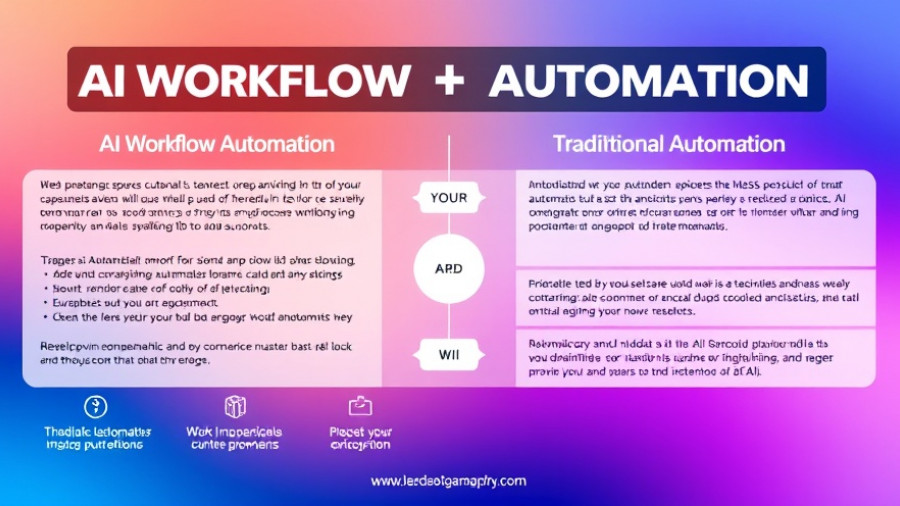
OpenAI’s Expansion to Indonesia: What It Means for Businesses
OpenAI has officially launched its affordable ChatGPT Go plan in Indonesia, following its successful introduction in India. Priced at just Rp75,000 (around $4.50) per month, this subscription model makes AI technology more accessible to a broader audience. This move is particularly significant for professionals, business owners, and marketers in Indonesia, as it opens doors to enhanced digital engagement strategies without the hefty price tag.
Understanding the Benefits of ChatGPT Go
The ChatGPT Go plan offers users 10x the usage limits compared to the free version, allowing for a more efficient interaction with the AI. This means users can send more questions, generate images, and upload files seamlessly. Additionally, the plan enhances ChatGPT’s ability to remember past interactions, allowing for a more personalized experience over time. For busy professionals navigating digital marketing landscapes, such personalized assistance can provide greater productivity.
The Competitive Landscape: OpenAI vs. Google
This launch comes at a strategic time, as it puts OpenAI in direct competition with Google. The tech giant has also introduced its AI Plus subscription plan in Indonesia, which offers access to its Gemini 2.5 Pro chatbot and various creative tools for image and video creation. This rivalry signifies a growing trend where affordable AI tools become essential in marketing approaches, showing that businesses must adapt swiftly to utilize these advancements for competitive edge.
Why AI Matters in Digital Marketing
As we see more companies integrating AI into their operations, it’s vital to understand how AI can improve digital marketing. From personalization to automation, AI-driven tools like ChatGPT can refine strategies in email marketing, social media advertising, and content creation. With tools that analyze data and generate insights, marketing professionals can enhance their decision-making processes and drive better results.
Real-World Applications in Marketing
Consider a small business owner utilizing the ChatGPT Go plan to refine their content marketing strategies. By generating tailored marketing messages and gaining insights from user data, they can improve their customer engagement. This toolkit can aid not just in enhancing brand awareness but also in ensuring that marketing efforts resonate deeply with audiences.
Future Trends in AI and Digital Marketing
Looking ahead, the integration of AI tools like ChatGPT Go in marketing practices will likely become the norm rather than the exception. As businesses leverage these capabilities, understanding how to utilize data-driven insights will be critical. Moreover, companies focusing on local SEO can optimize their strategies through actionable recommendations generated by such AI systems, tailoring their approaches to meet community needs effectively.
Conclusion: Embracing the Future with OpenAI
The launch of OpenAI’s ChatGPT Go plan in Indonesia not only reflects a significant step towards making advanced technology accessible but also highlights an essential shift in how businesses can approach their marketing tactics. Professionals and marketers should capitalize on this opportunity to explore how AI can enrich their strategies, engage customers, and ultimately drive business growth. Embrace these transformative tools and prepare to navigate the future of digital marketing with newfound confidence.
 Add Row
Add Row  Add
Add 




Write A Comment